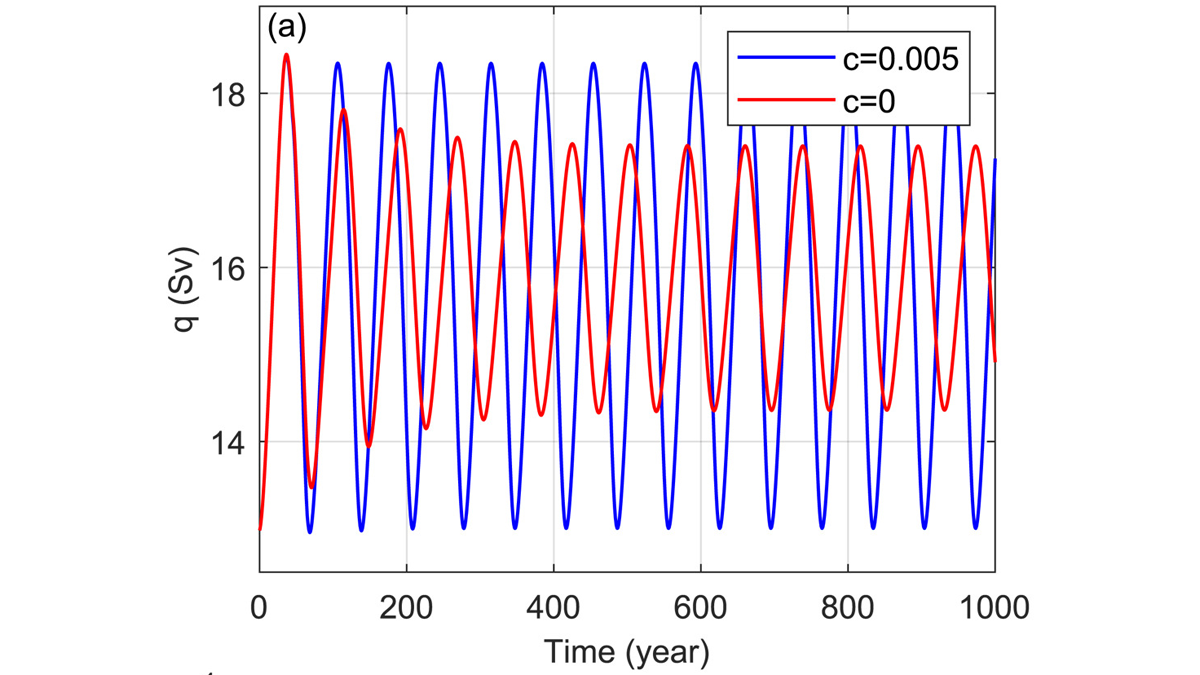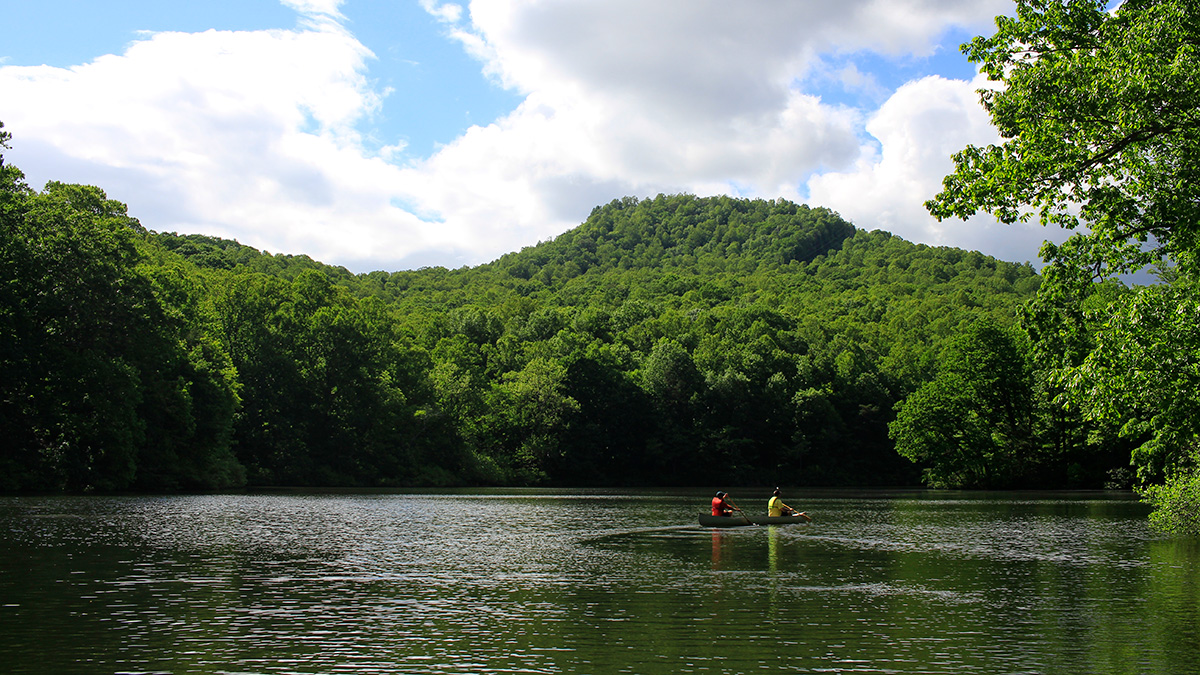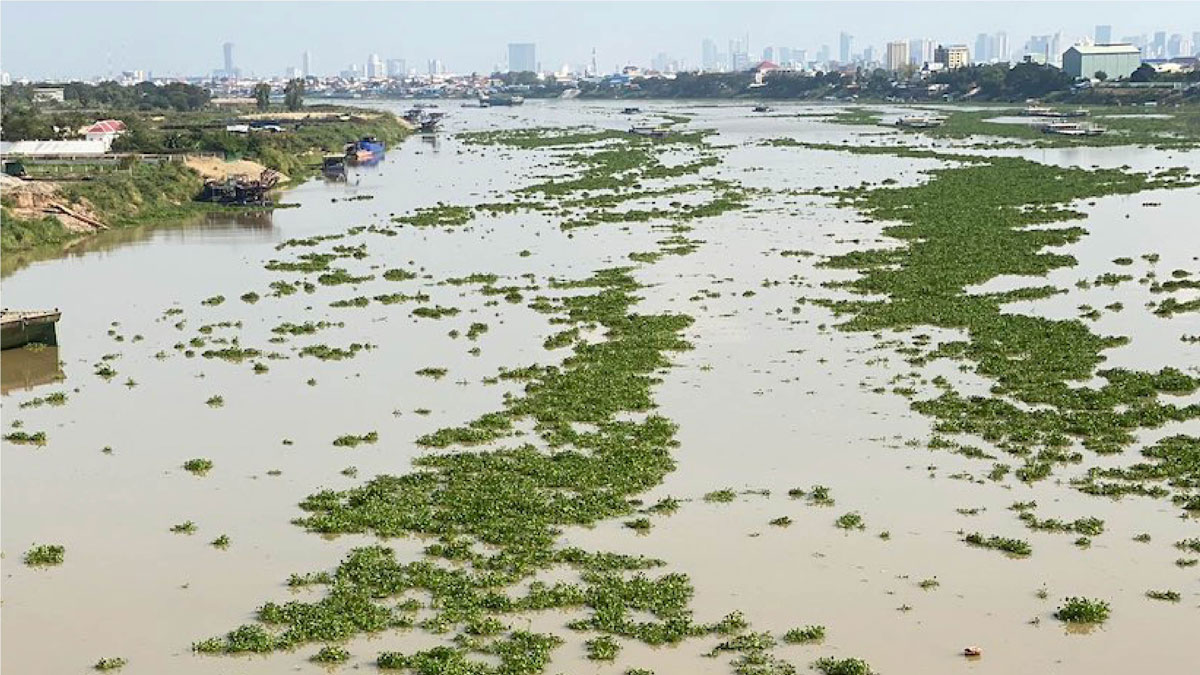A model of the Atlantic Meridional Overturning Circulation (AMOC), pioneered by Henry Stommel over 60 years ago, can exhibit realistic cyclic behavior if the role of Arctic salinity is included.
freshwater
Deploying Community Water Solutions with People, for People
Guiding principles and strategies for solving local water availability problems in India have emerged from collaborations involving water users, water experts, and water solutions providers.
The Domino Effect of Freshwater Suffocation
As lakes and reservoirs become anoxic, they can promote poor water quality downstream.
Remote Sensing Tracks Down “Plastic Plants” in Rivers
Researchers are using remote sensing to track floating mats of plastic trapped in water hyacinth plants.
Stormwater Ponds Are Carbon Sources, Not Sinks
New research from Florida tracks carbon dioxide and methane emissions from human-created waterways.
Estimating Lake Evaporation Just Got Easier
A new method standardizes freshwater lake measurements and shows they are losing a fifth of their inflow to evaporation.
Capturing How Fast the Arctic Ocean Is Gaining Fresh Water
A new analysis suggests that models do not accurately capture how fresh Arctic surface waters mix with deeper waters, contributing to underestimation of Arctic surface freshening.
Water Wisdom: The Indigenous Scientists Walking in Two Worlds
Meet the international researchers who draw on both academic training and cultural experience to help Indigenous communities protect water, restore ecosystems, and sustain traditional resources.
Shedding Light on Microbial Communities in Deep Aquifers
Researchers use a packer system to study the microbial communities living in waters sampled from deep, uncontaminated peridotite aquifers.
Freshwater Mussel Shells May Retain Record of Alpine Snowpack
A new study explores a possible proxy for seasonal freshwater input that could elucidate changes in alpine snowpack as the planet warms.










